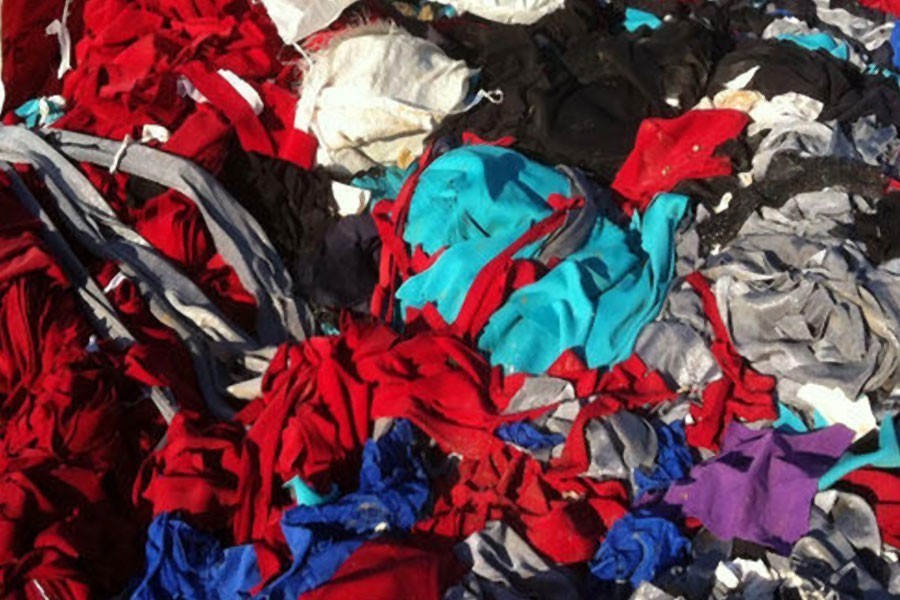Eco-friendly, yarns made from recycled garment waste (locally called jhut) are learnt to have become very popular with global fashion brands. Some of the world's retail giants are said to be planning to use cent per cent recycled yarn-made apparel products by 2025-30. Bangladesh must get hold of this opportunity. But despite the enormous economic potential of this sector, little has been done at the policy level so far. On the contrary, the valuable garment waste or jhut produced here is learnt to have found its use in areas that has little or no economic prospect. For example, 35 per cent of the jhut material is reportedly being used as cheap fuel for heating boilers to generate steam at the gas-starved garment factories. Thus discovering the energy-generating potential of the garment waste, boilers are reportedly being imported from countries like China and South Korea, while some other entrepreneurs have been manufacturing boilers locally to meet the energy need of the country's garment factories. Add to this the lion's share (60 per cent) of the jhut from thousands of garment factories that is being exported to different countries including India, Hong Kong and Sweden where it (jhut) is being converted into high quality yarns through recycling. Those countries are making huge profit out of reexporting the recycled yarns to different garment manufacturing countries including Bangladesh. This is unfortunate. For such export takes place to the dismay of the local jhut-recycling textile units that can use a mere five per cent of the garment waste. Small wonder that these textile units, thus deprived of the locally recycled yarns, either have to shut down their factories or go for more expensive option of using imported yarn. The Export Promotion Bureau (EPB) data shows that during the financial year (FY) 2018-19, Bangladesh earned US$64.95 million through export of garment waste. But this amount is quite insignificant compared with what could be earned from exporting the recycled yarns and fabrics derived from the same garment waste to the global retail giants and fashion houses.
Also, far from going that way, a large part of these leftover fabrics of the garment factories are being dumped in landfill sites! And such unconscionable wastage of the valuable jhut material from the garment industry has been going on since long for want of an appropriate policy to put those to better use. The good news is that the leaders of the apparel sector have, of late, become duly aware of the issue and are learnt to have been giving the attention that this long-ignored garment waste deserves.
In this connection, the Readymade Garment (RMG) sector leaders have reportedly reasserted the immense economic potential that the garment waste or jhut holds at a recent city event. The potential, they further pointed out, lay in the high-quality fabrics, around 1.0 billion pieces of them, that could be made if roughly the 400,000 tonnes of garment jhut produced annually in the country could be recycled. The fabrics thus extracted from disposable garment waste can contribute a whopping US$3.0 billion annually to the government exchequer as revenue. What is more, Bangladesh can well become a recycling hub of the world by importing garment waste from the developed nations including the USA, the EU and Japan and then converting that into high value yarns and fabrics.
Now to turn this immense possibility into reality, the local recycling enterprises would require adequate incentives including policy support from the government. Hopefully, the government would take urgent steps in this regard.


